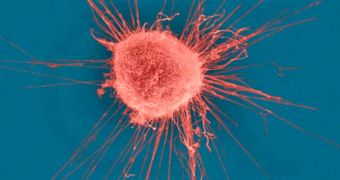After careful review and analysis, the US Department of Health and Human Services (DHHS) decided to include eight new substances on the list of known carcinogens. These are substances that can lead to the development of cancer, if people consume products that contain them.
The chemicals were identified in a new report that was mandated for Congress. Experts were asked to write down the substances that were known as able to cause cancer, as well as those that could be reasonably anticipated to have this ability.
When the report was announced, on June 6, people were surprised to seen the naturally-occurring acids formaldehyde and aristolochic acid on the list. These chemicals are produced by a number of plans.
They are included in the chemical processes related to the manufacturing of coatings for paper products, composite wood items, textile finished, plastic finishes, and the creation of synthetic fibers.
Formaldehyde is also used as a preservative in mortuaries, for embalming the dead. The DHHS now considered the two substances to be known carcinogens, and urges people to treat them accordingly.
The other six substances are now classified as anticipated carcinogens, and they include captafol. This is a chemical people use to control fungal diseases in fruits, vegetables, ornamental plants, and grasses, but also as a treatment for seeds, LiveScience reports.
The fungicide has been outlaws in the United States since 1999, but many people were exposed to it.
Cobalt-tungsten carbide is another of the substances. It is widely used for manufacturing grinding and cutting tools, in addition to protective equipment for heavy industries, including natural gas and oil exploitations, and mining.
A number of inhalable glass wool fibers were also found to be potentially carcinogen, as were o-nitrotoluene and Riddelliine. The list was concluded by the addition of the synthetic chemical styrene, which is used for producgint rubber, plastic, insulation, fiberglass, and pipes, among others.
“Reducing exposure to cancer-causing agents is something we all want, and the Report on Carcinogens provides important information on substances that pose a cancer risk,” explains Linda Birnbaum.
The official holds an appointment as the director of the US National Institute of Environmental Health Sciences (NIEHS), a division of the National Institutes of Health (NIH). Birnbaum is also the director of the National Toxicology Program.

 14 DAY TRIAL //
14 DAY TRIAL //